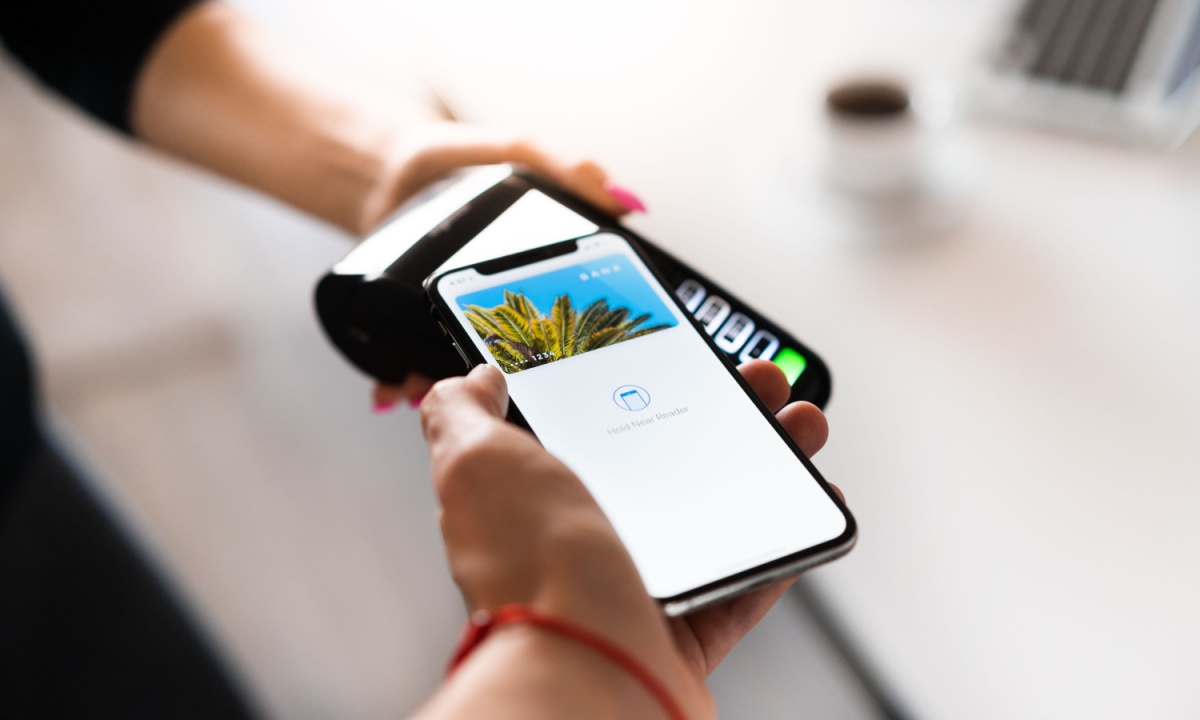
Nearly two years after its initial announcement and about eight months after its nationwide debut, Apple Pay Later is being discontinued.
In the wake of that announcement, the company is charting its wider path, outlined just last week, toward offering a range of pay-over-time lending products, which includes an integration with buy now, pay later company Affirm.
PYMNTS has reached out to Apple for comments on the sunsetting of Apple Pay Later and had not yet received a response as of this writing.
Apple said on Monday (June 17) that it will stop offering Apple Pay Later, which had rolled out to the company’s U.S. consumer base only a few months ago, in October, though current users will continue to be able to manage and pay down those loans through the app. The initial announcement of Apple Pay Later came two years ago at Apple’s worldwide developer’s conference.
That conference has always heralded new operating systems, hardware and, in recent iterations, a set of new payments and service related offerings. As PYMNTS reported last week, banks will be able to offer financing options embedded in Apple Pay along with rewards points and programs.
Installments from credit and debit cards with Apple Pay will roll out starting in Australia with ANZ; Spain with CaixaBank; the United Kingdom with HSBC and Monzo; and the U.S. with Citi, Synchrony and issuers with Fiserv. Users in the U.S. will also be able to apply for buy now, pay later (BNPL) loans directly through Affirm when they check out with Apple Pay.
The push toward installment lending represents a global endeavor, whereas Apple Pay Later’s market had been confined to the United States. Apple’s Financing arm — with Goldman Sachs as the issuer of the Mastercard payment credential used to complete Apple Pay Later transactions — had launched last year. The joint efforts with Goldman are in the process of being wound down as Goldman pivots from Main Street.
PYMNTS Intelligence data indicates that 68% of consumers who had used general purpose credit card installment plans indicated that they were happy with the experience; 79% who had used BNPL options said the same.
The majority of consumers across all income levels said they’d been happy with the results tied to spreading out payments over time, but the highest level of satisfaction had been logged in the demographics that were making more than $100,000 annually. Roughly three quarters of those higher earners said they were satisfied with card installment plans, while a whopping 82% said they’d were “very” or “extremely” satisfied with BNPL plans.
On this last point, it’s worth noting that in October, as Apple Pay Later was becoming more widely available, PYMNTS Intelligence found that about 6.9 million Americans used mobile wallets to make in-store purchases, accounting for 6.2% of all transactions.
Apple Pay was just more than half of that tally. It was the relatively more affluent consumers, earning more than $100,000, who were wielding the mobile wallets in store and online, at a respective 7.5% and 12.7% of those consumers.
The use of mobile wallets by wealthier consumers, along with the enthusiasm for buy now, pay later and installment loans by those same earners, may bode well for the broader pay-over-time efforts that Apple is implementing.